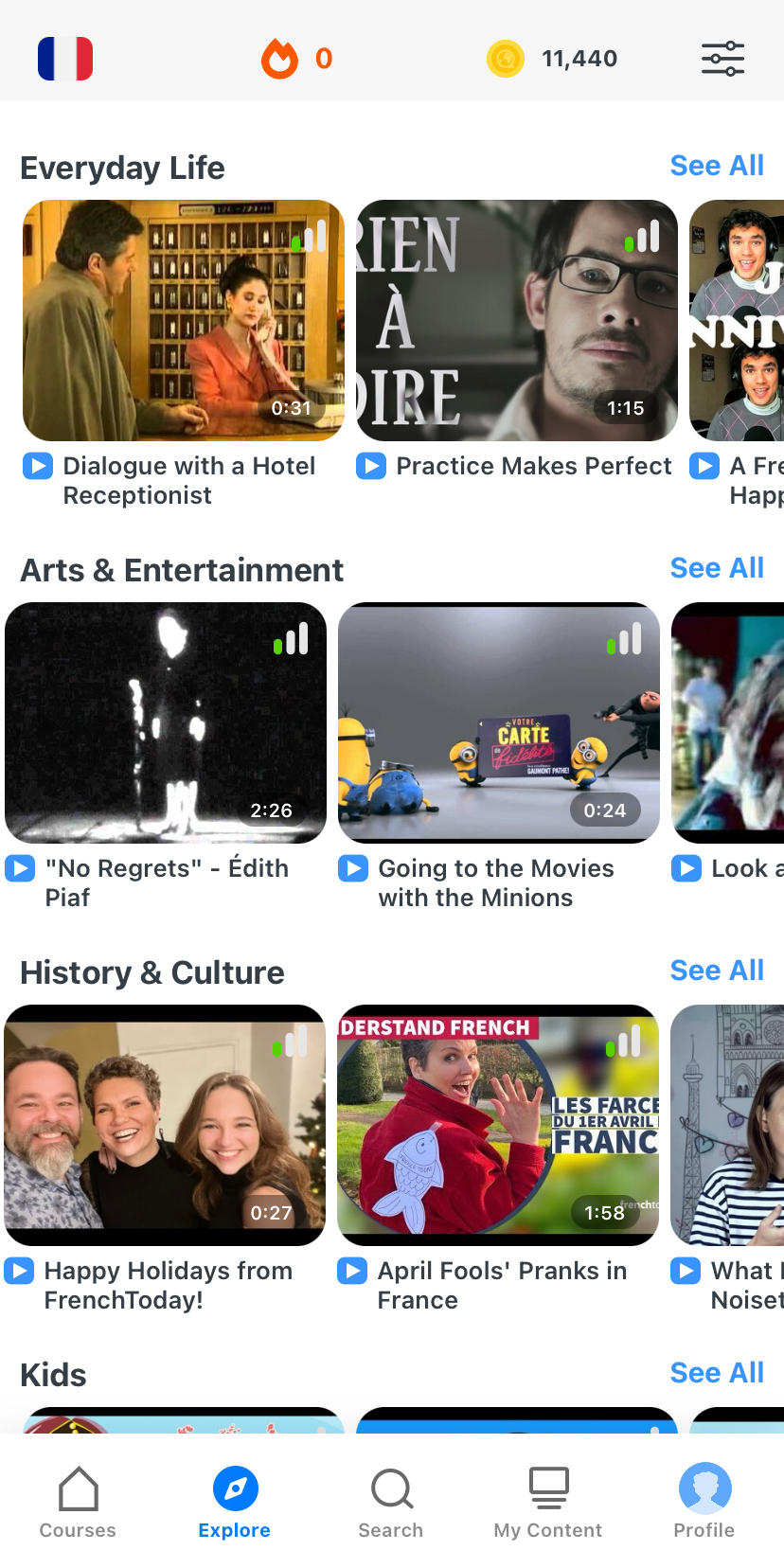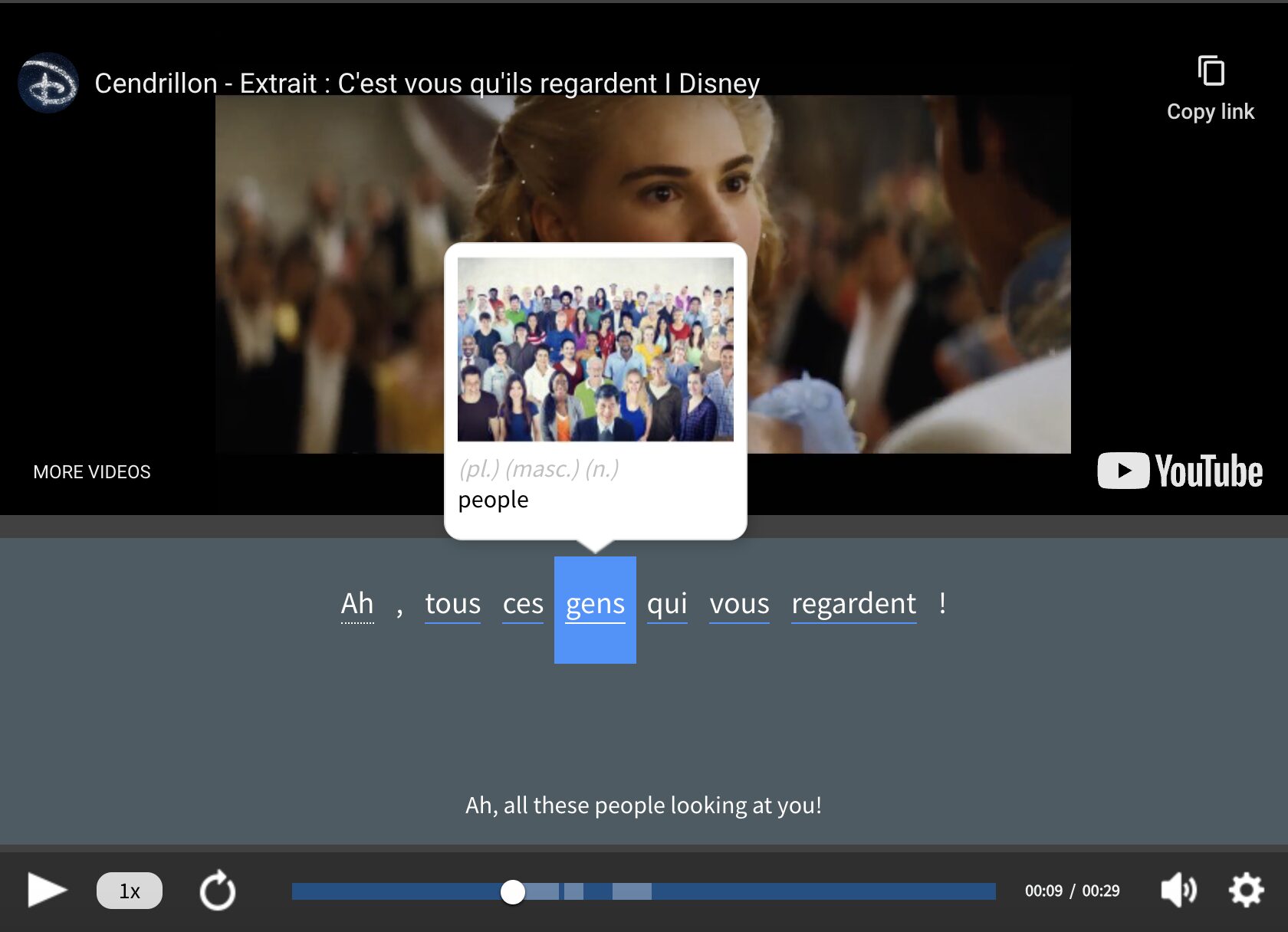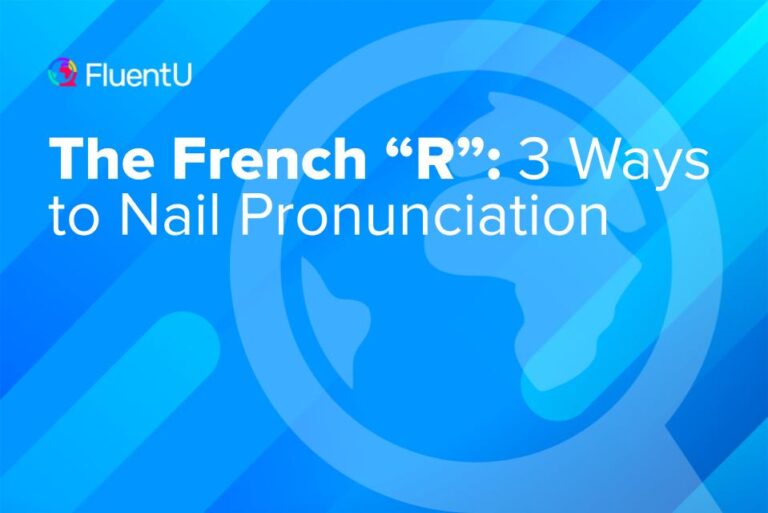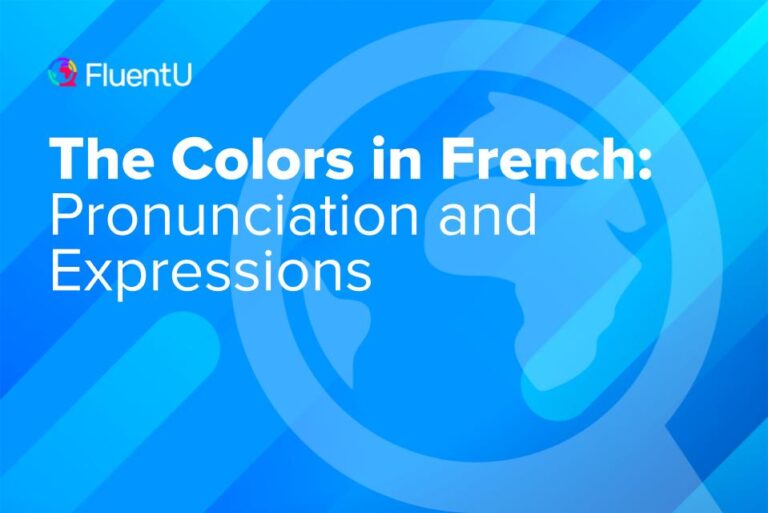Acadian French: History, Culture and Linguistic Characteristics

Acadian French is a fascinating dialect with roots that trace back to the early French settlers in North America. It’s predominantly spoken in the Canadian Maritime provinces and parts of Maine.
This dialect stands out for its unique blend of old French elements, English influences and even traces of Native American languages. Keep reading for everything you need to know about Acadian French.
Download: This blog post is available as a convenient and portable PDF that you can take anywhere. Click here to get a copy. (Download)
What is Acadian French?
History of Acadian French
The history of Acadian French dates back to the 17th century when French settlers arrived in what is now the Maritime provinces of Canada and parts of Maine. This area became known as Acadia and the settlers’ descendants, Acadians.
They established a distinct culture and language, influenced by the French regions from which they originated. The isolation from mainland France and the influence of English-speaking settlers and indigenous peoples contributed to the evolution of Acadian French.
During the Great Expulsion (Le Grand Dérangement) in the mid-18th century, over 10,000 Acadians were forcibly removed by the British. This clip from Historica Canada portrays this mass deportation:
Some Acadians eventually made their way to Louisiana, while others returned to the Maritime provinces after the British allowed them to resettle. Those who returned re-established their communities, often in more remote areas, which helped preserve their distinct linguistic and cultural identity.
Cultural Significance
Acadian French isn’t just a way of speaking; it’s a key part of Acadian identity. It serves as a symbol of the resilience and cultural pride of the Acadian people, reflecting their rich history and vibrant community while keeping shared traditions and stories alive.
The language has evolved over time, influenced by English and other factors, but it retains many unique features that distinguish it from other varieties of French.
Music, folklore and festivals are vibrant parts of Acadian culture, with events like the Congrès mondial acadien (Acadian World Congress) celebrating the language and heritage. These gatherings bring Acadians together from around the world, keeping their unique culture and language thriving.
To explore Acadian French beyond the textbooks, listen out for it when you consume native French content. FluentU is a good way of doing this.
FluentU takes authentic videos—like music videos, movie trailers, news and inspiring talks—and turns them into personalized language learning lessons.
You can try FluentU for free for 2 weeks. Check out the website or download the iOS app or Android app.
P.S. Click here to take advantage of our current sale! (Expires at the end of this month.)
Phonetic Characteristics
One of the most notable features of Acadian French is its phonetic uniqueness. It retains several archaic pronunciations that have evolved differently in Standard French. For example:
- The “o” sound is pronounced [u] (like in “spoon”) in words like homme (man), pomme (apple) and connaître (to know).
- The “oi” spelling can be pronounced differently in Acadian French. Older speakers might say [wɛ] for words like roi (king), whereas modern speakers might use [wa].
- French-speaking Acadians still use the rolled or trilled “r” sound that used to be part of the French spoken in France (before the guttural “r” was developed).
- There’s a tendency to metathesize certain words (rearrange their sounds). For example, mercredi (Wednesday) might be pronounced “mercordi,” and pauvreté (poverty) as “pauveurté.”
- Er may be pronounced as [ar]. For example: terres (land) could sound like “tarres.”
Pronunciation in Acadian French varies between regions. You can hear a woman from a village in southwest Nova Scotia speak Acadain French in this video.
Lexical and Grammatical Features
Acadian French vocabulary includes many words and expressions not found in Standard French. For instance, piastre is commonly used for “dollar,” reflecting historical ties to English currency. Other unique terms include chique for “cigarette” and bailler for “to give.”
Grammatical differences are also prominent. For example, in the Acadian French of some regions, you may hear:
- the pronoun je (I) instead of nous (we) with first-person plural forms of verbs. For example: je vivons instead of nous vivons for “we live.”
- the ending –ont with third-person plural forms. For example: ils vivont instead of ils vivent for “they live.”
- the simple past tense, typically reserved for formal writing and literature in Standard French.
Chiac: A Patois of Acadian French
When learning about Acadian French, you’ll likely come across Chiac. Chiac is one of the seven different regional accents of Acadian French. Spoken mostly in southeastern New Brunswick, Chiac is a mixture of English and Acadian French.
It’s considered distinct from both franglais (a blend of French and English) and standard Acadian French. Chiac uses Acadian French syntax and vocabulary, with some structures and words borrowed from both the English and Mi’kmaq languages. You can hear how it sounds in this video:
Chiac is increasingly embraced by younger people as a vernacular. It’s now making a bigger splash in the media, with television shows such as the animated Acadieman and musicians like Lisa LeBlanc and Radio Radio, who perform their songs in Chiac. Here’s an example of a song by Lisa LeBlanc:
There’s some concern that the use of a mixed idiom such as Chiac may erode Acadian French as a distinct form of the French language. Others see Chiac as a preservation of Acadia’s unique heritage—and a source of pride, especially for the younger generations.
Acadian French holds an important place in the tapestry of francophone culture and history.
It remains a living link to the past and it continues to represent the cultural identity of a group of people who fought, faced exile and remain proud of their rich history and heritage.
Download: This blog post is available as a convenient and portable PDF that you can take anywhere. Click here to get a copy. (Download)
And One More Thing...
If you like learning French at your own pace and from the comfort of your device, I have to tell you about FluentU.
FluentU makes it easier (and way more fun) to learn French by making real content like movies and series accessible to learners. You can check out FluentU's curated video library, or bring our learning tools directly to Netflix or YouTube with the FluentU Chrome extension.
One of the features I find most helpful is the interactive captions—you can tap on any word to see its meaning, an image, pronunciation, and other examples from different contexts. It’s a great way to pick up French vocab without having to pause and look things up separately.
FluentU also helps reinforce what you’ve learned with personalized quizzes. You can swipe through extra examples and complete engaging exercises that adapt to your progress. You'll get extra practice with the words you find more challenging and even be reminded you when it’s time to review!
You can use FluentU on your computer, tablet, or phone with our app for Apple or Android devices. Click here to take advantage of our current sale! (Expires at the end of this month.)











